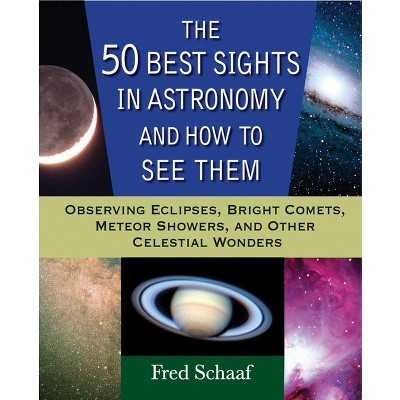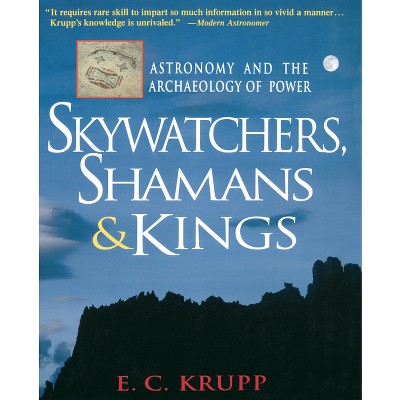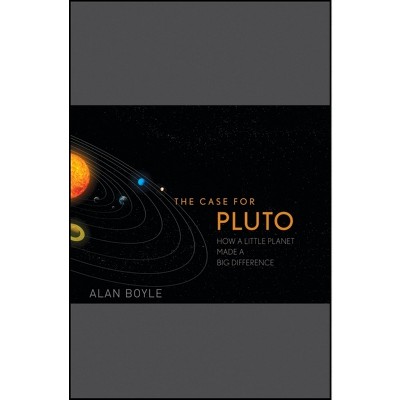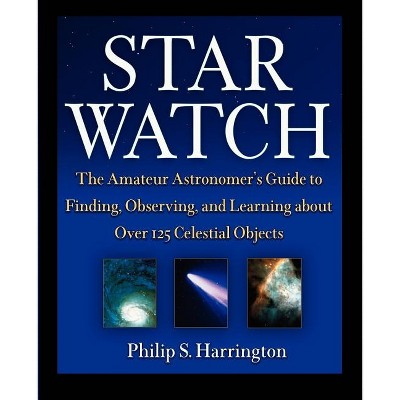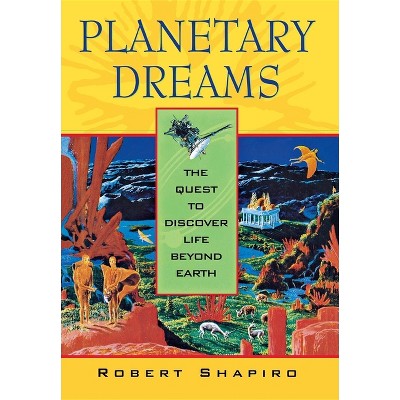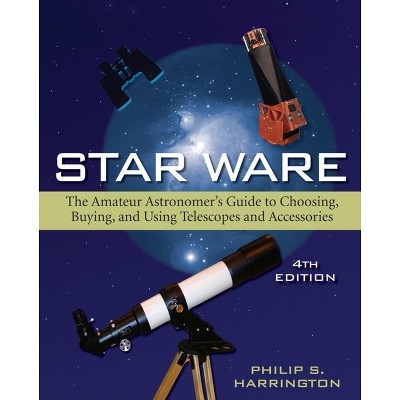About this item
Highlights
- The ultimate guide to the final frontierThis alphabetical tour of the universe provides all the history, science, and up-to-the-minute facts needed to explore the skies with authority.
- Author(s): David Darling
- 584 Pages
- Science, Astronomy
Description
Book Synopsis
The ultimate guide to the final frontierThis alphabetical tour of the universe provides all the history, science, and up-to-the-minute facts needed to explore the skies with authority. Packed with more than 3,000 entries that cover everything from major observatories and space telescopes to biographies of astronomers throughout the ages, it showcases an extraordinary array of newfound wonders, including microquasars, brown dwarfs, and dark energy, as well as a host of individual comets, asteroids, moons, planets, stars, nebulas, and galaxies. Featuring nearly 200 illustrations and eight pages of color photographs, this comprehensive guide provides easy lookup of topics and offers more in-depth information than can be found in existing star guides or astronomy dictionaries. It's an ideal resource for the amateur astronomer or anyone with an interest in the mysteries of the cosmos.
David Darling, PhD (Brainerd, MN), is the author of The Complete Book of Spaceflight (0-471-05649-9) and Equations of Eternity, a New York Times Notable Book.
Review Quotes
* "...a serious contender in the dictionary market...worthy of consideration by anyone looking for an A-Z of astronomy..." (The Observatory, Vol 124(1181), August 2004)
Science writer Darling (The Complete Book of Spaceflight; Equations of Eternity) has created a first-rate resource for readers and students of popular astronomy and general science. Unlike The Cambridge Encyclopedia of Amateur Astronomy-which is excellent but really written as a textbook for observers--The Universal Book is a true encyclopedia, with over 3000 alphabetically arranged entries covering history, biography, celestial objects, cosmological phenomena, and more. Some entries are brief, providing good, simple definitions of terms readers may encounter in books and articles geared toward the amateur astronomer. Other entries, when the topics warrant, provide more in-depth information and photos or illustrations. As a whole, the entries are written in a spare style that is easily understood but never dumbed down. This work addresses all the subdisciplines of astronomy, as would a less-expensive dictionary of astronomy, but offers more detail and fills the information gaps that exist in many skywatchers' field guides. Darling's introduction includes notes for using the book and a brief explanation of exponential notation and units. A list of references, related web sites, and a category index (all unseen by this reviewer) should make this an even more useful reference. Highly recommended for public libraries and essential for high school and undergraduate college libraries supporting general science, astronomy, and physics courses, --Denise Hamilton, Heritage Christian Sch., Rindge, NH (Library Journal, November 15, 2003 (starred reviewed))
"...a comprehensive survey and...a rare treat..." (Focus, March 2004)
Shipping details
Return details
Trending Non-Fiction







